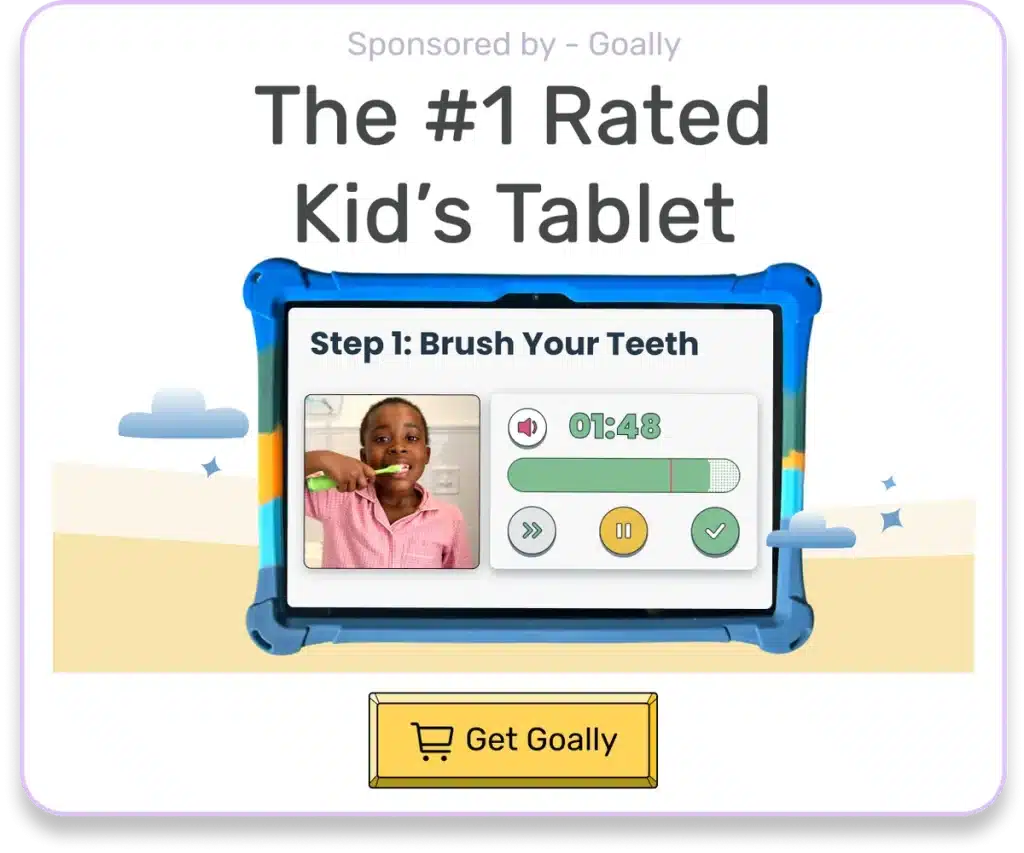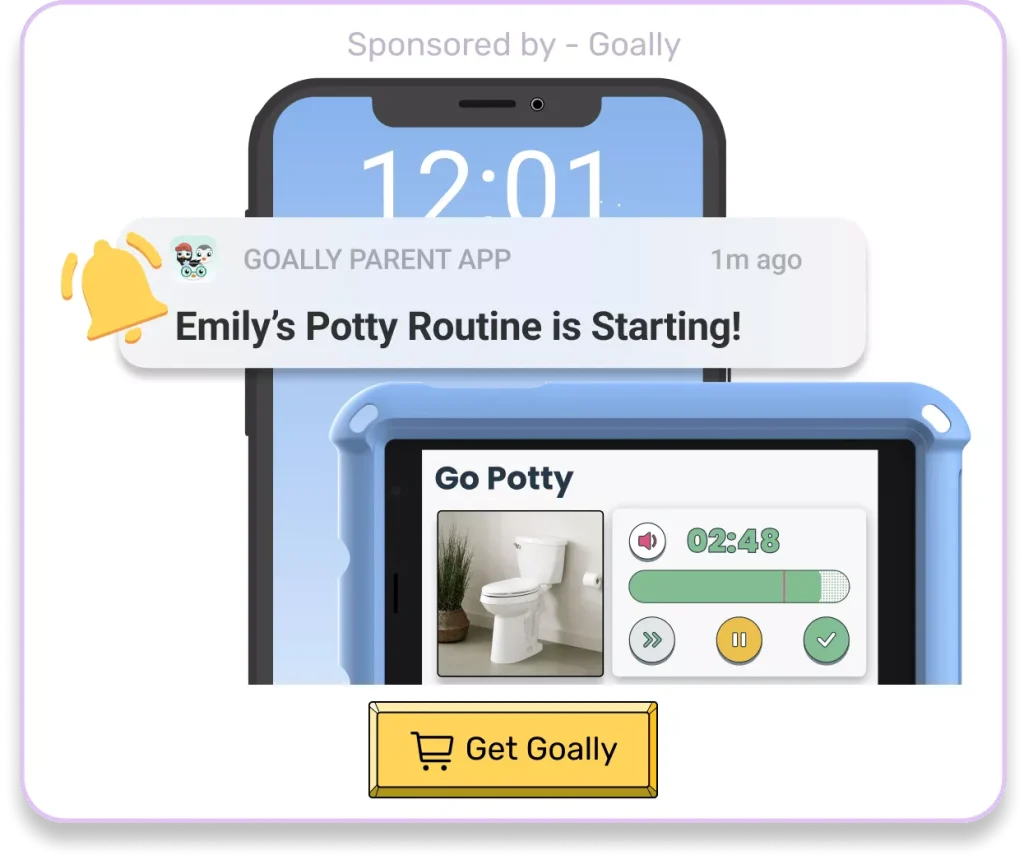As a parent or caregiver of a neurodivergent child, you might be wondering how to get tested for ADHD and Autism. You’re not alone. A neuropediatric study shows attention deficit hyperactivity disorder (ADHD) is among the most frequent disorders within child and adolescent psychiatry.
Table of Contents
In this easy-to-follow guide, we’ll explain the steps you need to take to determine if your child has ADHD. We’ll also help you understand the process and give you the tools to support your child’s journey.
Watch Your Child Closely
Before diving into the world of ADHD testing, start by observing your child’s behavior. Look for signs that show they have trouble with attention, are too active, or act without thinking. Write down what you see in a journal, noting any patterns or situations that worsen these behaviors.
Some common signs to look for include:
- Difficulty staying focused on tasks
- Frequent fidgeting or squirming
- Impulsive decision-making
- Trouble waiting their turn

Talk to an Expert
Contact a doctor, psychologist, or psychiatrist who knows about ADHD and neurodivergent kids. Share what you’ve noticed about your child and ask if they think an ADHD test is necessary. Remember, it’s essential to consult with a professional who has experience with kids like yours.
Goally | Visual Scheduler for Autism
Does your child struggle with getting ready in the morning independently? Goally’s routine app on the best tablet for kids breaks down large tasks into small, achievable steps for autistic kids. Create custom routines with your own videos & pictures for every step.
Don’t hesitate to ask questions and gather as much information as possible. The more you learn, the more equipped you’ll be to support your child.
Set Up an ADHD Test
If the expert suggests it, schedule an ADHD test for your child. This test is a careful check that includes talking to you and your child, filling out forms, and watching how your child acts in different places.
During the test, the professional will gather information about your child’s behavior and functioning across various settings. This helps them get a complete picture of your child’s unique needs.

Read More: ADHD Test for Kids
Be Part of the Test
When it comes to getting tested for ADHD and autism, your input as a parent is invaluable. During the evaluation process, you’ll answer questions about your child’s behavior at home, school, and in other settings. It’s important to to discuss their overall development, school performance, friendships, and emotions. Your honest and comprehensive answers will assist the expert in making an accurate diagnosis and determining the best course of action for your child’s well-being.
Remember, you play a vital role in providing the necessary information to the professional conducting the evaluation. By sharing your observations and experiences, you contribute to a thorough assessment that can lead to appropriate support and interventions. Together, with the guidance of healthcare professionals, you can navigate the journey of getting a test for ADHD and ensure the best outcomes for your child.
Learn What the Test Shows
After the test, the expert will explain the results. They’ll tell you if your child has ADHD and if there are any other issues or learning differences. This is a great time to ask questions and learn more about your child’s unique needs.
Understanding the results is essential for creating a plan that best supports your child. Take this opportunity to clarify any concerns or uncertainties you may have.
Step 6: Make a Plan to Help Your Child
Now that you know how to get a test for ADHD and have the results, work with the expert to make a plan for your child. The plan might include help at school, ways to manage behavior, and advice on therapy or medicine. The goal is to help your child do their best and be happy.
Try Goally For Your Child With ADHD
Goally helps kids with ADHD stay focused and build skills. Unlike a Kindle or an iPad that kids get easily distracted on, Goally has no YouTube, no social media, no web browser, and especially no ads.
Goally uses game play as a points-based motivator for your kiddo with ADHD and helps them learn emotional regulation skills. It’s simple to set up and has an expert-informed design.

In conclusion, if you or your child are showing signs of ADHD or autism, seeking a professional evaluation is the crucial next step. Knowing how to get tested for ADHD and autism can provide clarity and open doors to appropriate support and interventions. Reach out to a healthcare professional, such as a pediatrician or psychiatrist, who specializes in neurodevelopmental disorders. They can guide you through the assessment process, which typically involves comprehensive evaluations, interviews, and observations. Remember, early identification and diagnosis can lead to early intervention and better outcomes. By taking proactive steps and seeking professional guidance, you can pave the way for a more fulfilling and supported journey for you or your child.
This post was originally published on 04/17/2023. It was updated on 06/05/2023.

Goally
We help parents teach their kids life skills, like doing bedtime and morning independently. Backed by science, we incorporate evidence-based practices and expert-informed designs in all of our apps and content.







